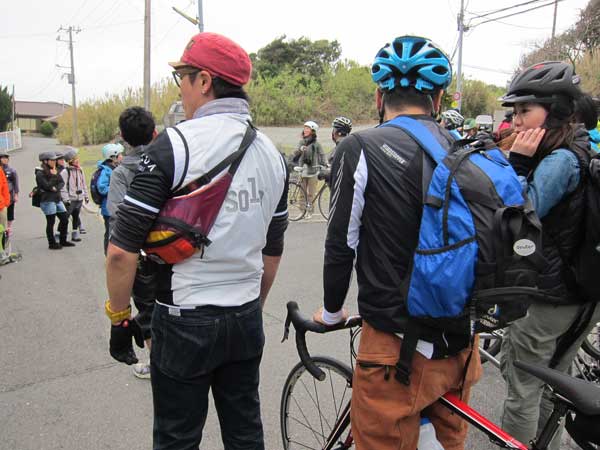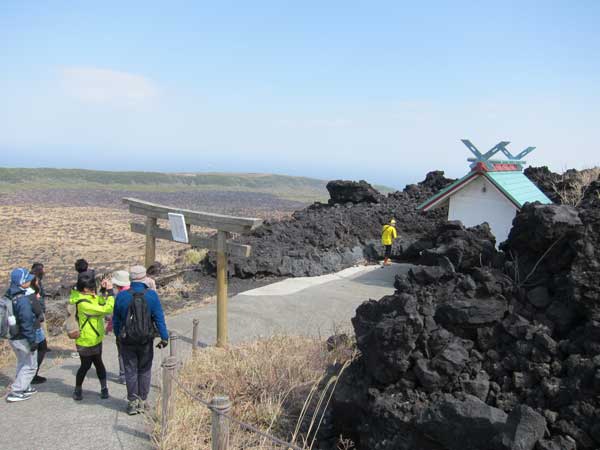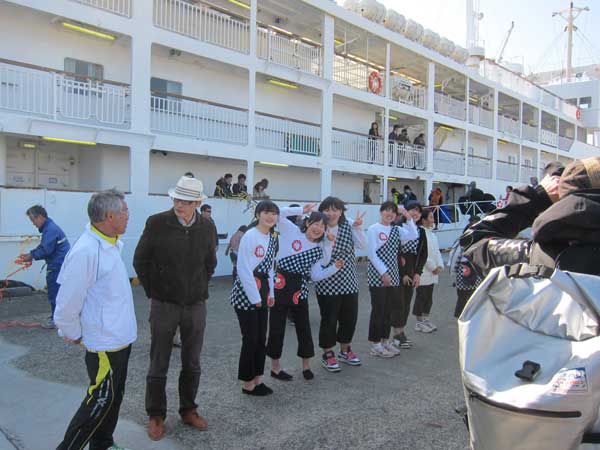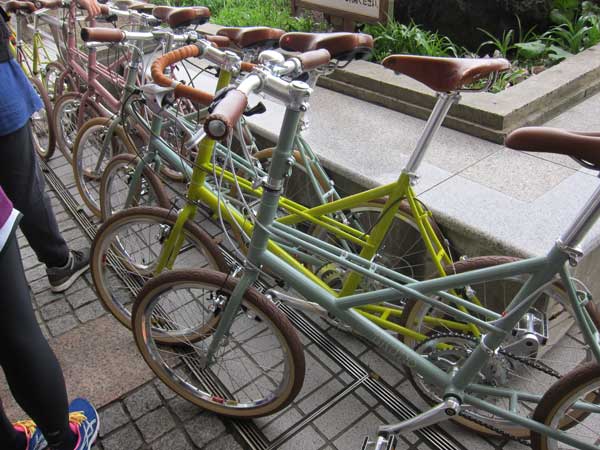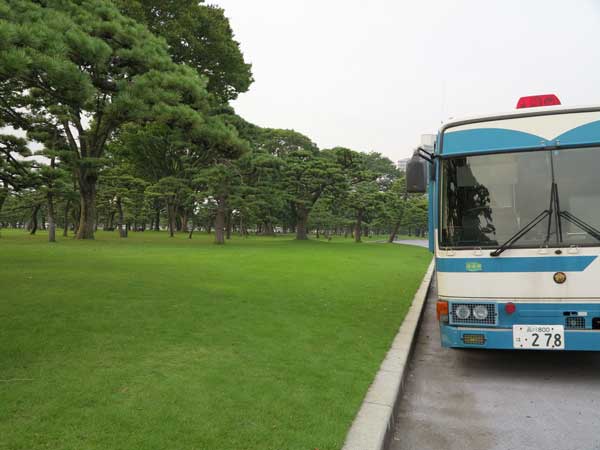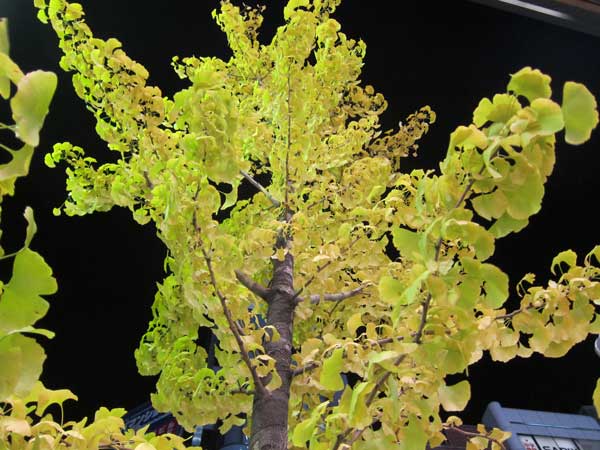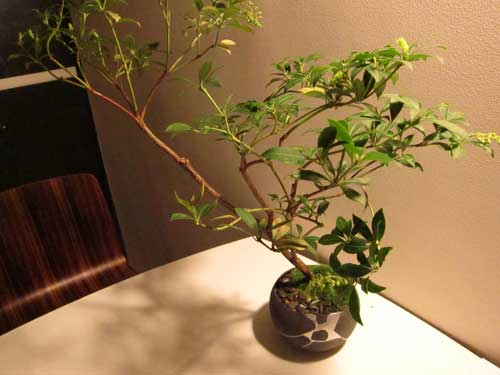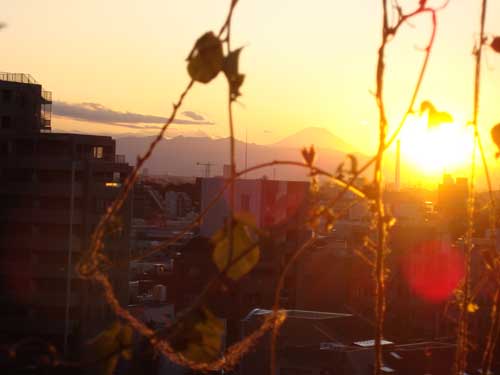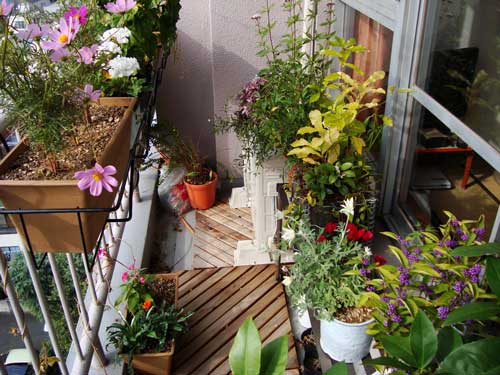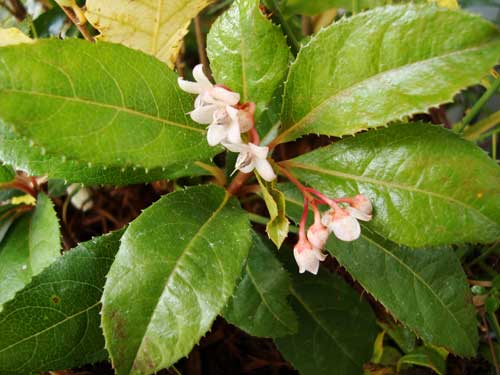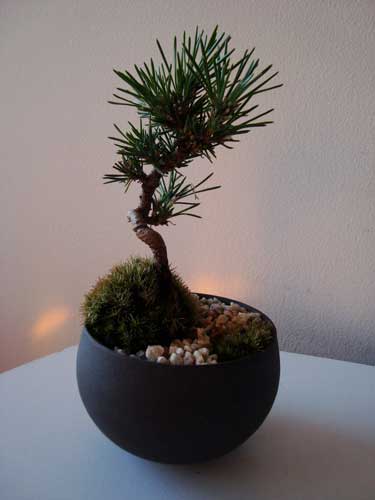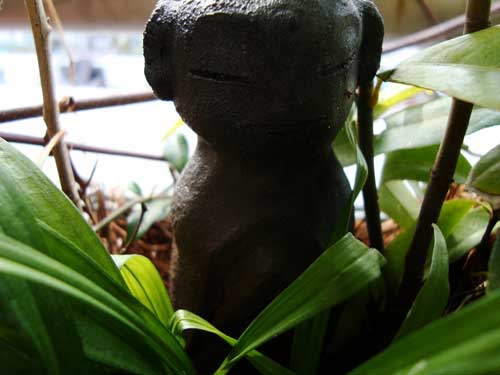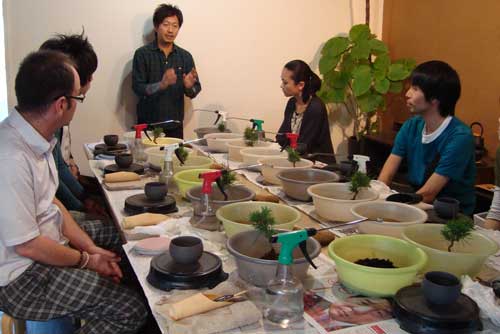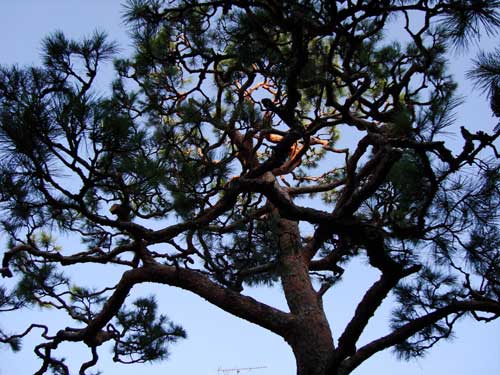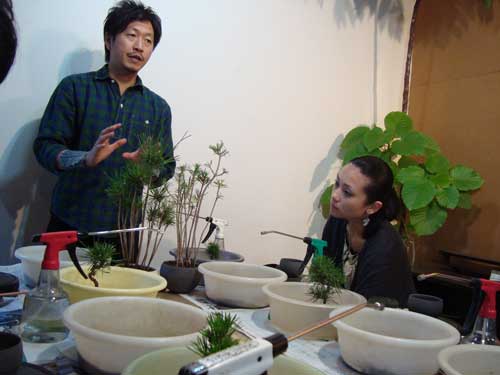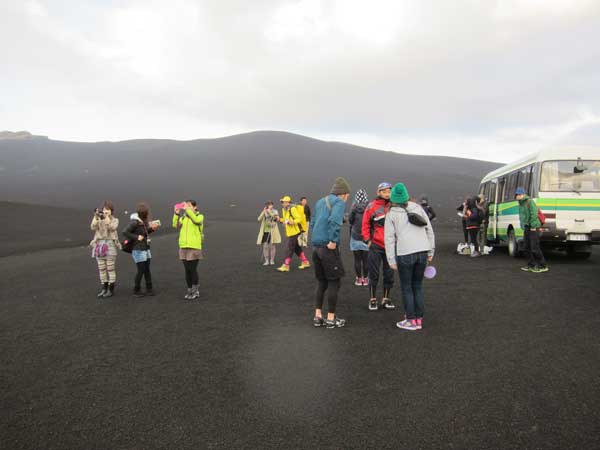
伊豆の大島は東京の品川区だと知っていますか。浜松町から船で8時間かかりました。
Paper Sky Bicycle Club のツール・ド・オオシマはとても楽しかったです。黒溶岩の砂漠での日の出も優しい自転車おたくたちもローカル料理もすばらしかった。Paper Sky は素敵な雑誌で、ニーハイメディアという出版社は最近自転車、山のハイキング、料理本のグループを打ち上げました。実際に人を集めるのはすごいと思います。
DId you know that Oshima island, off the coast of Izu, is part of Shinagawa ward? From the pier near Hamamatsucho, it’s an eight hour overnight ride on a slow and rather large boat. I recently went with Paper Sky’s Bicycle Club.
Highlights included watching the sun rise at black lava rock “desert” atop the volcano, fun and fashionable cyclists in their twenties, thirties, and forties, the slow over-night boat ride, two onsens, a small port made from a volcanic crater. We saw the end of the camellia season, the blooming of Oshima cherry trees, and ate ashitaba leaf vegetable. Dai dai cocktails cmobined local citrus with booze.
I am now even more impressed with Paper Sky, which is a travel magazine and also the hub of mountain climbing, food, book, and bicycle clubs. My fellow travelers were an interesting mix of bicycle sellers, magazine editors, serious and hobby cyclists, photographers, and creative types. I was surprised that the rental bikes were all Bruno bikes, which have small tires, great colors, and are excellent for city biking and mid-range touring.
With its real world events and groups, Paper Sky’s publisher, Knee High Media, is clearly thinking about a new type of publishing beyond paper, the web, and smart phones.
